|
0 Comments
Irreligion may be defined as the absence of religion, an indifference towards religion, a rejection of religion, or hostility towards religion. When characterized as the rejection of religious belief, it includes atheism and secular humanism. When characterized as hostility towards religion, it includes antitheism, anticlericalism and antireligion. When characterized as indifference to religion, it includes apatheism. When characterized as the absence of religious belief, it may also include agnosticism, ignosticism, nontheism, religious skepticism, and freethought. Irreligion may even include forms of theism depending on the religious context it is defined against, as in 18th century Europe where the epitome of irreligion was deism. Sixteen percent of the world population (1.1 billion people) are considered non-religious. Some evidence suggests that the fastest growing religious status in the United States is "no religion".
Religion is a collection of cultural systems, belief systems, and worldviews that relate humanity to spirituality and, sometimes, to moral values. Many religions have narratives, symbols, traditions and sacred histories that are intended to give meaning to life or to explain the origin of life or the universe. They tend to derive morality, ethics, religious laws or a preferred lifestyle from their ideas about the cosmos and human nature.
The word religion is sometimes used interchangeably with faith or belief system, but religion differs from private belief in that it has a public aspect. Many religions have organized behaviors, clergy, a definition of what constitutes adherence or membership, congregations of laity, regular meetings or services for the purposes of veneration of a deity or for prayer, holy places (either natural or architectural), and/or scriptures. The practice of a religion may also include sermons, commemoration of the activities of a god or gods, sacrifices, festivals, feasts, trance, initiations, funerary services, matrimonial services, meditation, music, art, dance, public service, or other aspects of human culture. However, there are examples of religions for which some or many of these aspects of structure, belief, or practices are absent. The development of religion has taken different forms in different cultures. Some religions place an emphasis on belief, while others emphasize practice. Some religions focus on the subjective experience of the religious individual, while others consider the activities of the religious community to be most important. Some religions claim to be universal, believing their laws and cosmology to be binding for everyone, while others are intended to be practiced only by a closely defined or localized group. In many places religion has been associated with public institutions such as education, hospitals, the family, government, and political hierarchies. Anthropologists John Monoghan and Peter Just state that, "it seems apparent that one thing religion or belief helps us do is deal with problems of human life that are significant, persistent, and intolerable. One important way in which religious beliefs accomplish this is by providing a set of ideas about how and why the world is put together that allows people to accommodate anxieties and deal with misfortune." Some academics studying the subject have divided religions into three broad categories: world religions, a term which refers to transcultural, international faiths; indigenous religions, which refers to smaller, culture-specific or nation-specific religious groups; and new religious movements, which refers to recently developed faiths. One modern academic theory of religion, social constructionism, says that religion is a modern concept that suggests all spiritual practice and worship follows a model similar to the Abrahamic religions as an orientation system that helps to interpret reality and define human beings, and thus religion, as a concept, has been applied inappropriately to non-Western cultures that are not based upon such systems, or in which these systems are a substantially simpler construct. Source: |
Categories
All
Archives
April 2014
|
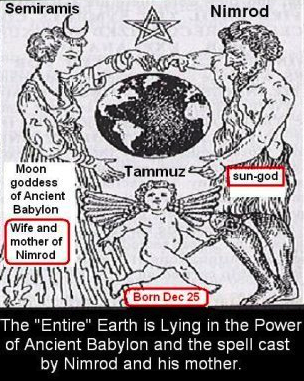



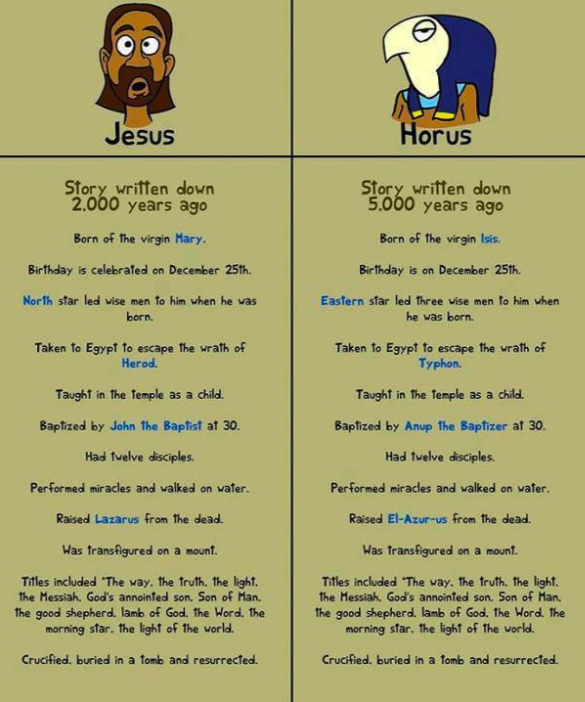
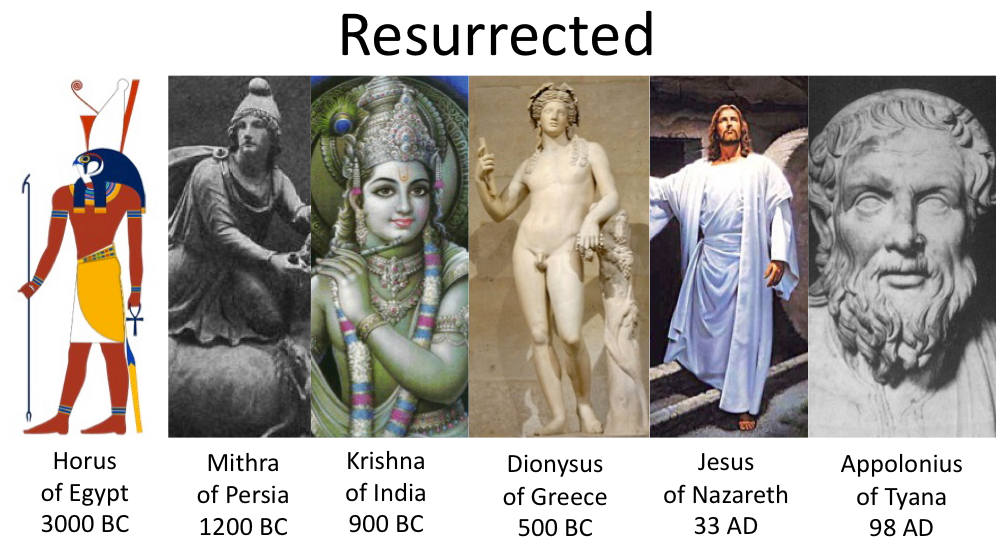

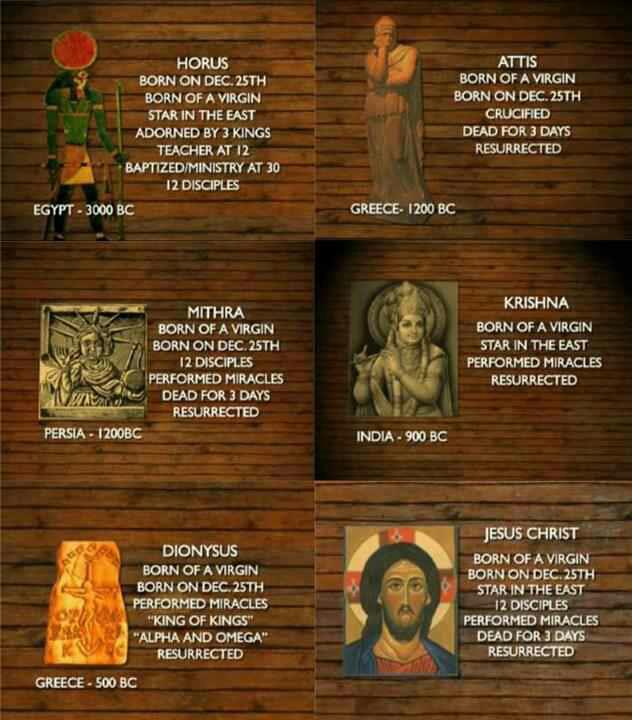

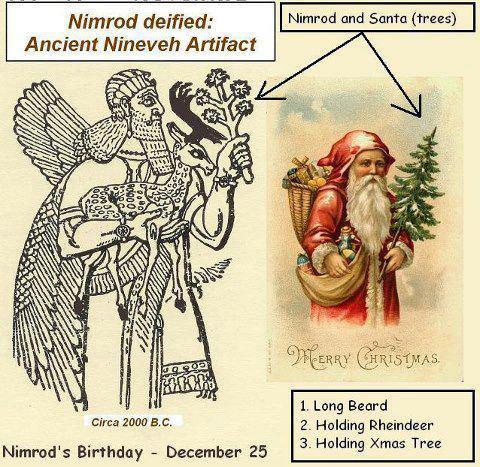

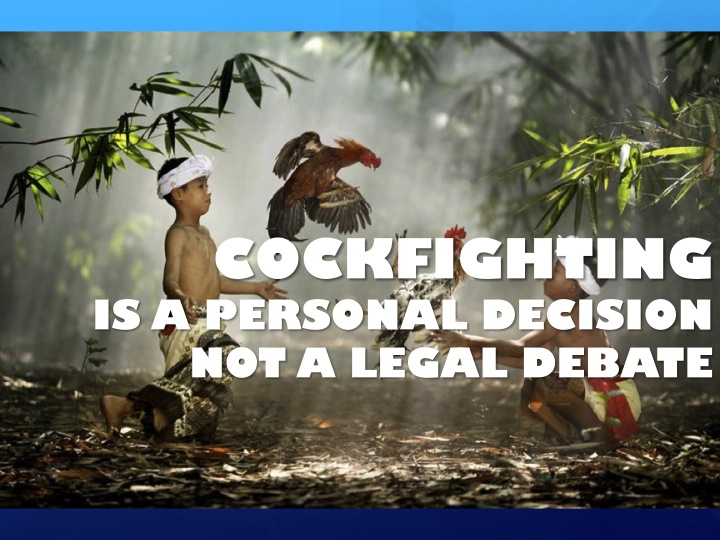
 RSS Feed
RSS Feed
